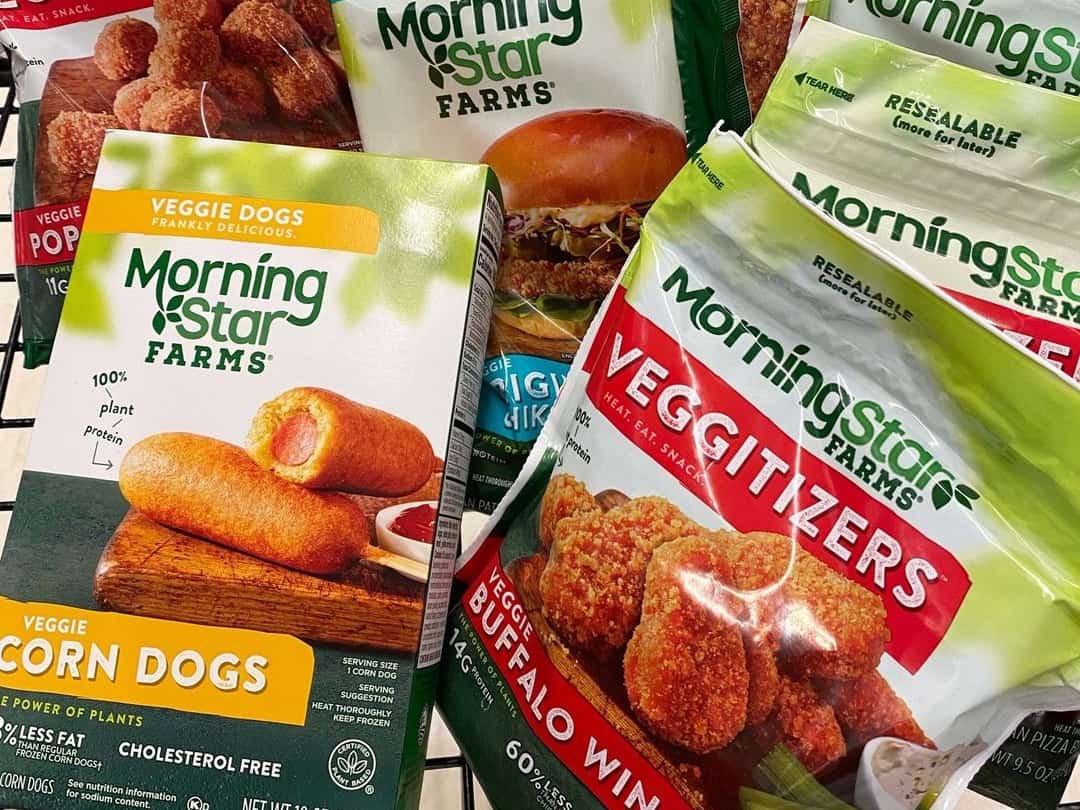The plant-based food market in the United States has grown substantially over the past decade, now valued at approximately $8 billion. However, while the sector has shown impressive progress in certain areas, challenges such as inflation, consumer price sensitivity, and evolving consumer preferences continue to shape its trajectory.
Market value and consumer preferences
According to Statista, plant-based meat substitutes represent the second-largest category within the broader plant-based food market. Despite growing interest, they still trail plant-based milk alternatives, which are valued at around $2.8 billion—double the value of meat substitutes. While the plant-based sector has become more established, consumer engagement remains mixed.
According to recent reports, over half of US consumers have never tried plant-based meat, and about a quarter remain firm in their decision to avoid it. This suggests that while plant-based foods are gaining traction, significant barriers to adoption persist.
Consumer attitudes toward protein consumption have shifted, with many people embracing flexitarian or mixed diets that include plant-based options without eliminating animal-based proteins entirely. According to data from GFI, 95% of households that purchase plant-based meat and seafood also buy animal-based meat. Health concerns are the primary motivator for incorporating plant-based products into diets, although environmental and ethical considerations are also relevant for a growing segment of the population.

Challenges facing the market
Price continues to be the most significant obstacle to the widespread adoption of plant-based products. Despite improvements in the taste and texture of plant-based meats, they remain more expensive than traditional animal-based alternatives. This price gap has been exacerbated by inflation, which has strained consumer budgets. As a result, while plant-based products remain a premium option, price competitiveness is critical for further growth.
The foodservice sector, which accounts for roughly one-third of the plant-based meat market, is seeing increasing interest in plant-based menu options. Quick-service restaurants (QSRs) are the largest segment within foodservice, making up nearly 40% of sales, with full-service restaurants accounting for another 20%.
One positive trend, however, is the potential for price parity in certain categories. Beef substitutes, for example, are projected to achieve price parity in foodservice settings, which may help boost their adoption in restaurants.

Sales trends and forecasts
According to data from Statista, the US plant-based meat substitute market is expected to generate $1.6 billion in revenue by 2029. However, revenue growth is forecasted to slow in the years leading up to 2029, with a slight dip in overall revenue growth from 2024 to 2028. In contrast, some market analysts predict a more optimistic outlook. For example, a report from Aritzon forecasts a compound annual growth rate (CAGR) of 15.18% for the plant-based meat market over the same period.
Despite this, some segments within the plant-based category are experiencing a decline. Mintel forecasts a drop in plant-based protein product sales to pre-2020 levels, with the market expected to reach $1.2 billion in 2024. This decline is attributed to inflationary pressures, which have led to reduced consumer spending in 2023 and 2024.
However, private-label brands and smaller companies have experienced more substantial sales losses, allowing larger players, such as Kellogg’s MorningStar Farms, to capture a larger market share.

Consumer behavior and barriers
Taste and price remain the top factors influencing consumer purchasing decisions. A study by the Plant Based Foods Association (PBFA) found that 76% of consumers consider transparency around ingredients and production methods to be important, and 74% trust products more when they carry a certified seal. Additionally, 36% of consumers cite the taste of plant-based proteins as a reason for not purchasing these products more frequently. Smaller packaging options, which reduce food waste and allow for trial purchases, could help overcome some of these barriers.
A study from the Physicians Committee for Responsible Medicine (PCRM) indicates that adopting a plant-based diet can reduce daily food costs by 19% compared to a standard diet that includes meat and dairy. This cost-saving aspect could help dispel the myth that plant-based foods are prohibitively expensive.
Future outlook
Looking ahead, market analysts agree that the plant-based industry faces both opportunities and challenges. The industry’s long-term growth potential remains strong, driven by increasing consumer awareness of health, environmental, and ethical issues. However, the market will need to address critical barriers such as taste, price, and convenience to maintain growth momentum. Innovation, along with efforts to reduce costs and improve the consumer experience, will be key to sustaining market expansion in the years to come.
While the plant-based food market in the US is at a crossroads, it continues to hold significant promise. Addressing price sensitivity, improving product offerings, and capitalizing on shifting consumer preferences will be essential for maintaining growth as we move into 2025.




